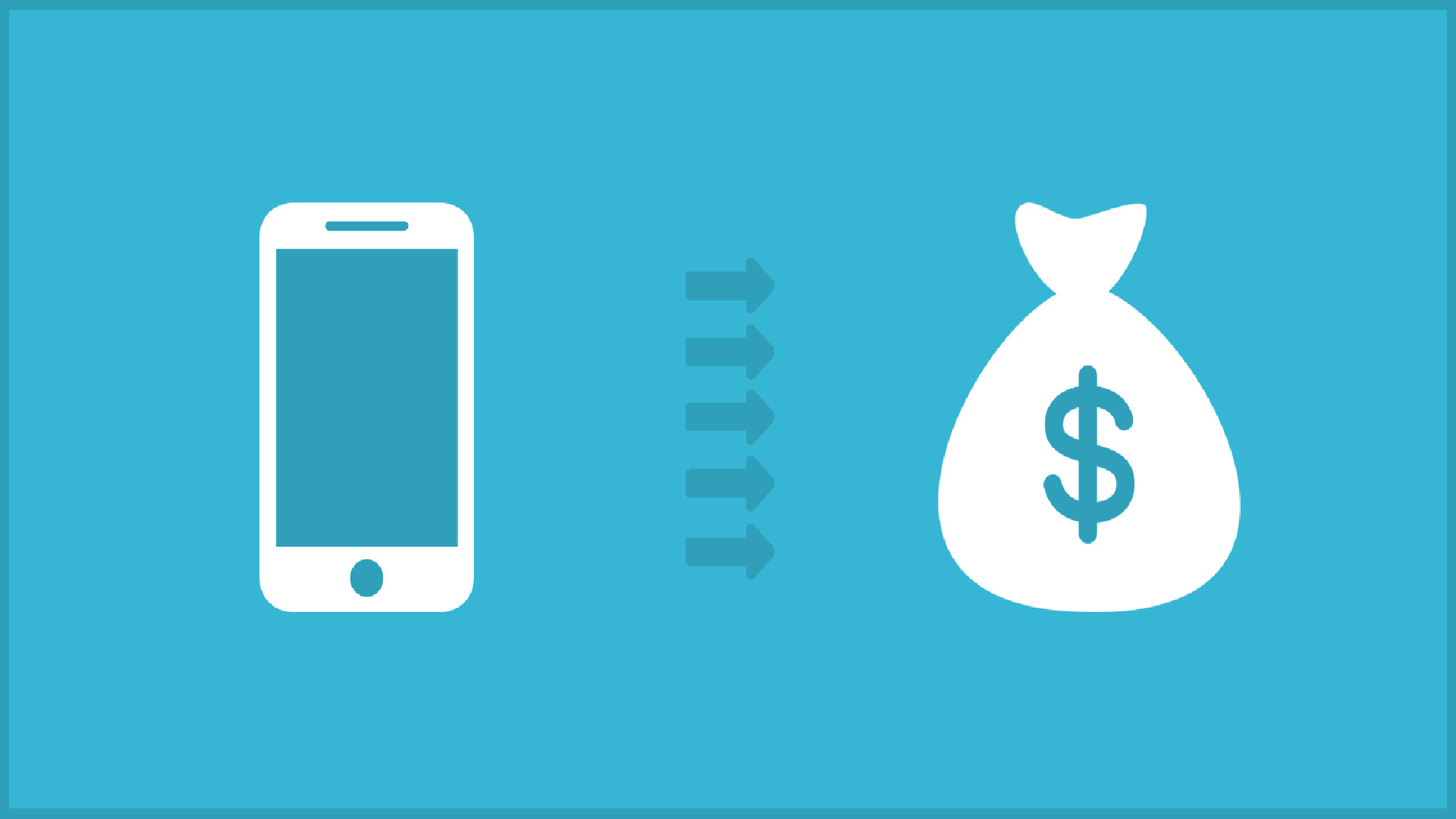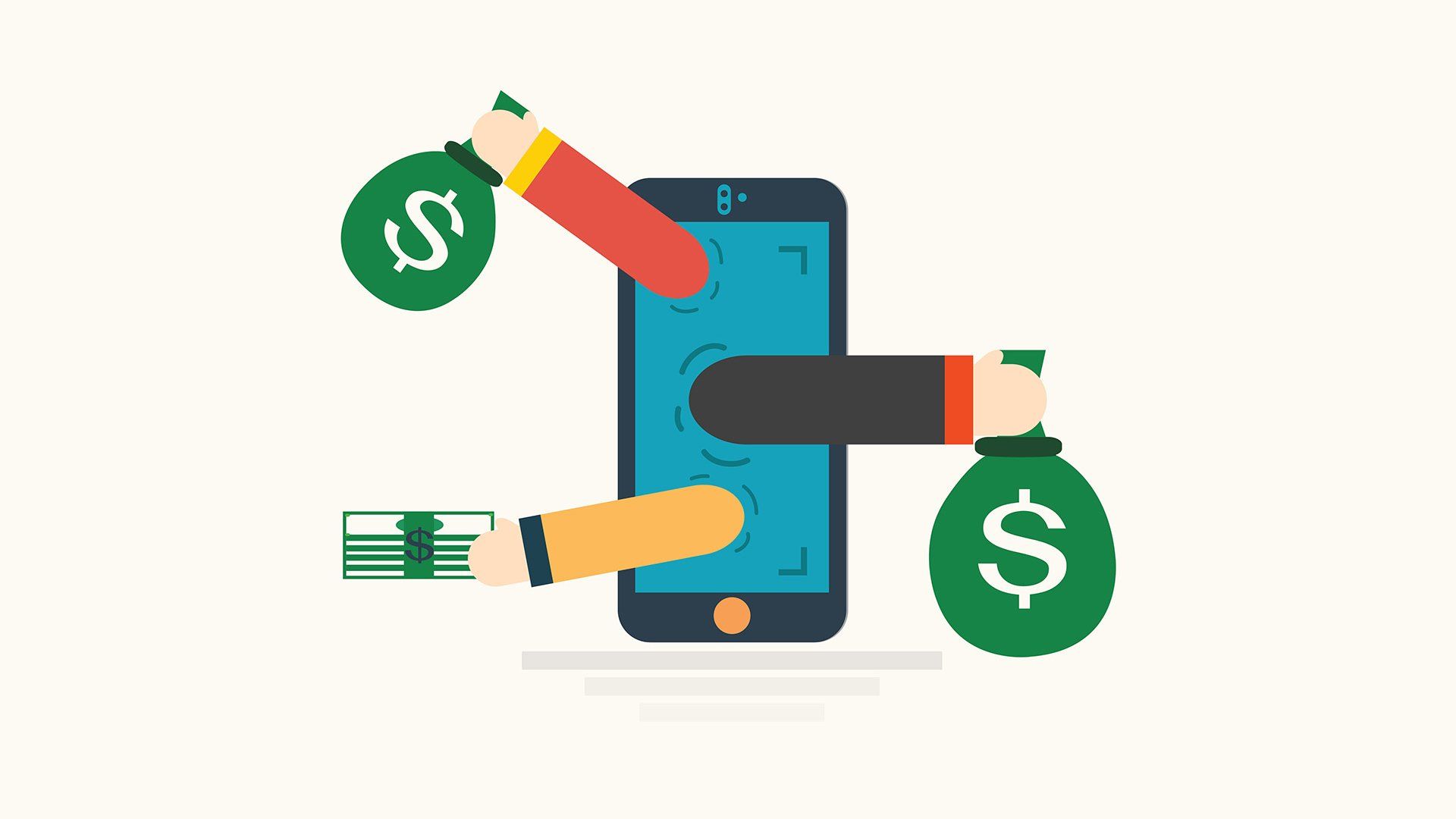
Making money is the point of creating mobile apps, and it’s almost always what every company is after. If you have a working app, you can monetize it. There are only a few ways to generate income from an app, each of which we’ll break down below in as much detail as possible, and you decide which method is most relevant. Let’s go!
What is monetization?
Before analyzing monetization methods, we must understand what “monetization” is. Monetizing an app means turning your app into a machine for making money with customers.
Of course, it’s more complex than pressing a few buttons and waiting for life to happen. You must clearly understand your customers’ needs and give them everything they want; they will only pay. Next, we’ll explain how you can monetize your mobile utility.
Advertising
Advertising is a proven monetization option, and users actively download free apps and their publishers profit from showing ads. In such a strategy, gathering maximum data about the target audience and finding adequate advertisers is essential.
Yes, you’ll also need to fit those ads in seamlessly. Say banners are okay for entertainment apps but not for messengers. Also, try incorporating targeted and personalized ads to pique customers’ interest.
Pros:
- Fast audience engagement with the proper implementation.
- Extremely high effectiveness coupled with targeted advertising.
Cons:
- The small screen limits advertising in the mobile app.
- Some users can abandon the app if the ads are too intrusive. Also, customers may not refuse to use the app but download an ad blocker. Either way, these are bad outcomes.

Monetizing
Apply conditional-free mechanics
Make your utility available in the basic version for free, and all additional options are purchased separately. The success of apps with such a monetization scheme depends entirely on the number of loyal users willing to pay – you must keep this in mind.
Pros:
- Conditional free apps attract many users willing to use them for a long time.
- The principle of conditional free use is very flexible and suitable for most mobile products.
Cons:
- It’s essential to find a middle ground between primary and paid options. Users will only use your utility if the free functionality is more extensive. And vice versa: If the functionality is narrow enough, they will not buy additional options because there is no point.
Free trial
The idea behind the Free trial is that the user gets access to all of the application’s features for a trial period. You can set this period yourself and change it as often as you like, but years of experience have shown that a month is ideal. After the user has experienced all the product benefits, he will likely want to buy the full version. Provided he likes it.
Pros:
- The free trial period allows you to appreciate all the app’s pros.
Cons:
- You will only have one chance to convince the user to buy the full version.
Make the utility paid
The obvious way to monetize the app is to make it paid.
Pros:
- Some users prefer to pay for the app once and use it in peace for an unlimited time.
- If you eliminate annoying ads in the app, users will contact you.
Cons:
- Selling the app may be difficult – due to high competition from free counterparts or alternatives.
- To steadily sell the app, you’ll need to get into the top AppStore or Google Play, which will require some investment.